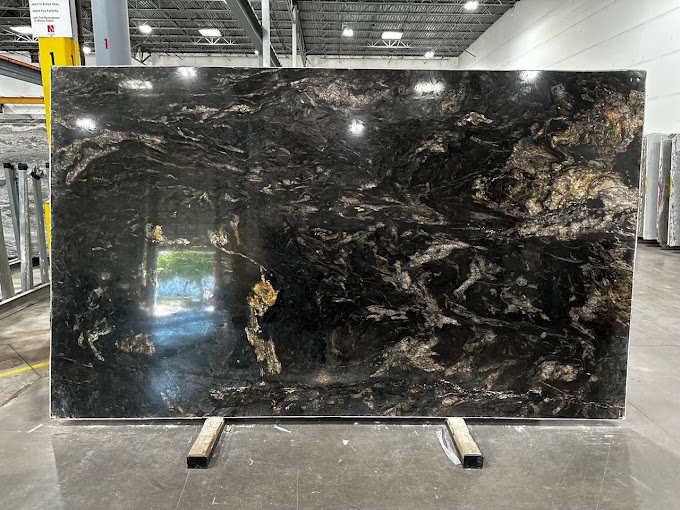Creating a cohesive interior style is essential for transforming a house into a home. For homeowners in Allen, TX, and McKinney, TX, where architectural diversity flourishes, developing a consistent design can be challenging yet rewarding. Whether you’re considering subtle design updates or more extensive home improvements, understanding the key elements of home design can help you establish harmony throughout your living spaces.
Key Takeaway: The key to creating a cohesive interior style lies in balancing elements such as color, texture, and function while keeping personal preferences at the heart of your home design.
Defining Your Style : Personal Preferences and Consistency in Design
When approaching interior design, start by defining your personal style. This serves as the foundation for creating consistency throughout your home.
Color Schemes
Establishing a unified color palette across different rooms is one of the most important steps. Select a dominant color and complement it with accent shades that flow from one room to another. For example, if you love warm tones, use shades of beige, cream, and brown to anchor your design, but add pops of color like deep reds or oranges to bring life to individual spaces.
Textures and Materials
Incorporating a variety of textures such as wood, metal, or fabric can give depth to your design. However, ensure that these materials align with the overarching theme of your home. For instance, if you’re aiming for a minimalist look, choose smooth and sleek surfaces. This approach not only creates visual harmony but also keeps the space functional.
Room Flow
Consider the flow of each room and how it relates to others in the house. Open-concept spaces, common in modern homes in Allen and McKinney, demand thoughtful placement of furniture and décor to maintain a seamless look. Proper planning ensures that each room feels like part of a larger design.
Incorporating Functional Design : Practicality Meets Aesthetic
Home design isn’t just about aesthetics; functionality is equally important.
Space Optimization
Maximizing the use of available space is crucial for both small and large homes. In smaller homes, choose multi-purpose furniture or built-in storage to save space without sacrificing style. For more spacious homes, consider how each area can serve a specific function without overwhelming the overall design.
Furniture Selection
Furniture plays a key role in ensuring functional and aesthetic balance. Select pieces that fit your space comfortably while adhering to your style. In transitional spaces, like hallways or foyers, lighter furniture can prevent areas from feeling cramped.
Lighting Choices
Proper lighting can dramatically affect the mood and functionality of a room. Layered lighting – incorporating ambient, task, and accent lighting – ensures that each room is versatile while adding to the home’s cohesive look. Installing adjustable lighting options allows for flexibility depending on time of day or activity.
Adding Character : Personal Touches to Elevate Design
While cohesion is essential, don’t forget to incorporate your personality into the design.
Art and Decor
Art pieces, family photographs, or unique decor items can serve as focal points in various rooms. However, ensure they complement the broader design. Choose frames and materials that match your overall style for a sense of unity across your space.
Accent Pieces
Accent furniture or small design elements like pillows, throws, and vases can easily tie into your color scheme while allowing for some creative freedom. These details give you the flexibility to introduce seasonal or trendy items without disrupting the overall look.
Outdoor Integration
Design cohesion doesn’t end indoors. Consider extending your style to your outdoor living areas, such as patios or decks, by using similar color palettes or materials. Allen, TX and McKinney, TX homeowners often focus on outdoor spaces to create seamless transitions between indoor and outdoor environments, especially with the mild Texas weather.
Layering Elements : Textures, Patterns, and Design
Layering different design elements adds dimension to your home while maintaining unity.
Textures
Mixing textures like wood, metal, and fabric can create visual interest in any space. However, consistency in the types of textures used throughout your home is crucial for maintaining a cohesive look. In a rustic design, for instance, blend wood finishes with natural fabrics for a warm, inviting feel.
Patterns
Using patterns sparingly can make your home look stylish without overwhelming the space. Stripes, geometric designs, or florals work well in accent walls, rugs, or cushions, provided they align with your main color scheme.
Cohesive Flooring
The flooring in your home is another key element that can tie everything together. Whether you choose hardwood, tile, or carpet, selecting one or two main flooring options throughout your home ensures visual harmony while allowing for slight variations, like using different area rugs.
Harmonizing Modern and Traditional Styles
Allen and McKinney homes often feature a blend of architectural styles. You can honor both modern and traditional elements in your home design by blending these styles thoughtfully.
Transitional Furniture
Transitional furniture, which combines modern and traditional styles, can help bridge the gap between the two. Opt for furniture that features clean lines with classic detailing to achieve this balance.
Mixing Old and New
Antiques or heirloom pieces can easily fit into modern spaces if they complement your overall style. A vintage rug or antique mirror can serve as an eye-catching feature without clashing with contemporary elements like sleek furniture or modern lighting fixtures.
Architectural Details
You can preserve historical architectural details like crown molding or exposed beams while adding modern touches through lighting fixtures, furniture, or artwork. This approach ensures your design reflects both past and present without creating visual discord.
Answering Common Questions
How can I create a cohesive look in an open-concept space?
Open-concept spaces require a consistent color scheme and similar materials throughout to maintain flow. You can use area rugs or furniture arrangements to define separate spaces while ensuring they complement each other.
Should I use the same color scheme throughout the entire house?
While using the same color scheme across your home creates cohesion, incorporating varying shades or accent colors for individual rooms adds interest and depth without sacrificing unity.
How do I maintain cohesion when updating different parts of my home?
Maintaining cohesion during updates requires keeping your overall design style in mind. When selecting new elements, such as furniture or flooring, ensure they match your established aesthetic.
The Role of Lighting in Design
Lighting plays a crucial role in both functionality and aesthetics. By selecting the right lighting, you can emphasize specific areas, enhance mood, and create a cohesive atmosphere throughout your home.
Importance of Consistency in Material Choice
Materials such as wood, stone, or metal, when used consistently throughout the home, enhance the cohesive flow of your design. Whether it’s through furniture, flooring, or décor, staying consistent with materials is key to a harmonious look.
Seeking Professional Help
Achieving a cohesive interior style can sometimes require professional guidance. Legacy Home Care offers expert home design services to help homeowners in Allen, TX, and McKinney, TX, create a stylish and functional living environment that reflects their unique preferences.
In conclusion, creating a cohesive interior style is all about balance. By maintaining a consistent color palette, carefully choosing materials, and adding personal touches, you can achieve a harmonious design that flows naturally from room to room. For further guidance on home design, visit Legacy Home Care. Whether you’re planning to remodel or simply refresh your space, the expert team at Legacy Home Care is ready to assist you in bringing your design vision to life.
For more information about home improvement, renovation, or deck building, check out these helpful resources.

